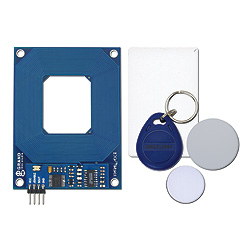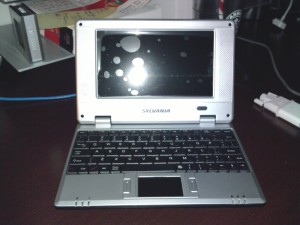
A few months ago, I posted a hardware teardown of the CVS Sylvania Netbook pictured above. After working with it and performing a lot of research on it, I promised a follow up article, and here it is. To sum it all up, with a bit of modification to the software, a spare SD card and a lot of patience, you can actually turn this thing into a somewhat useful Linux device. There’s also some improvements and suggestions to be had for improving the Windows CE side of things should you decide to continue using it in its default state.
63 Comments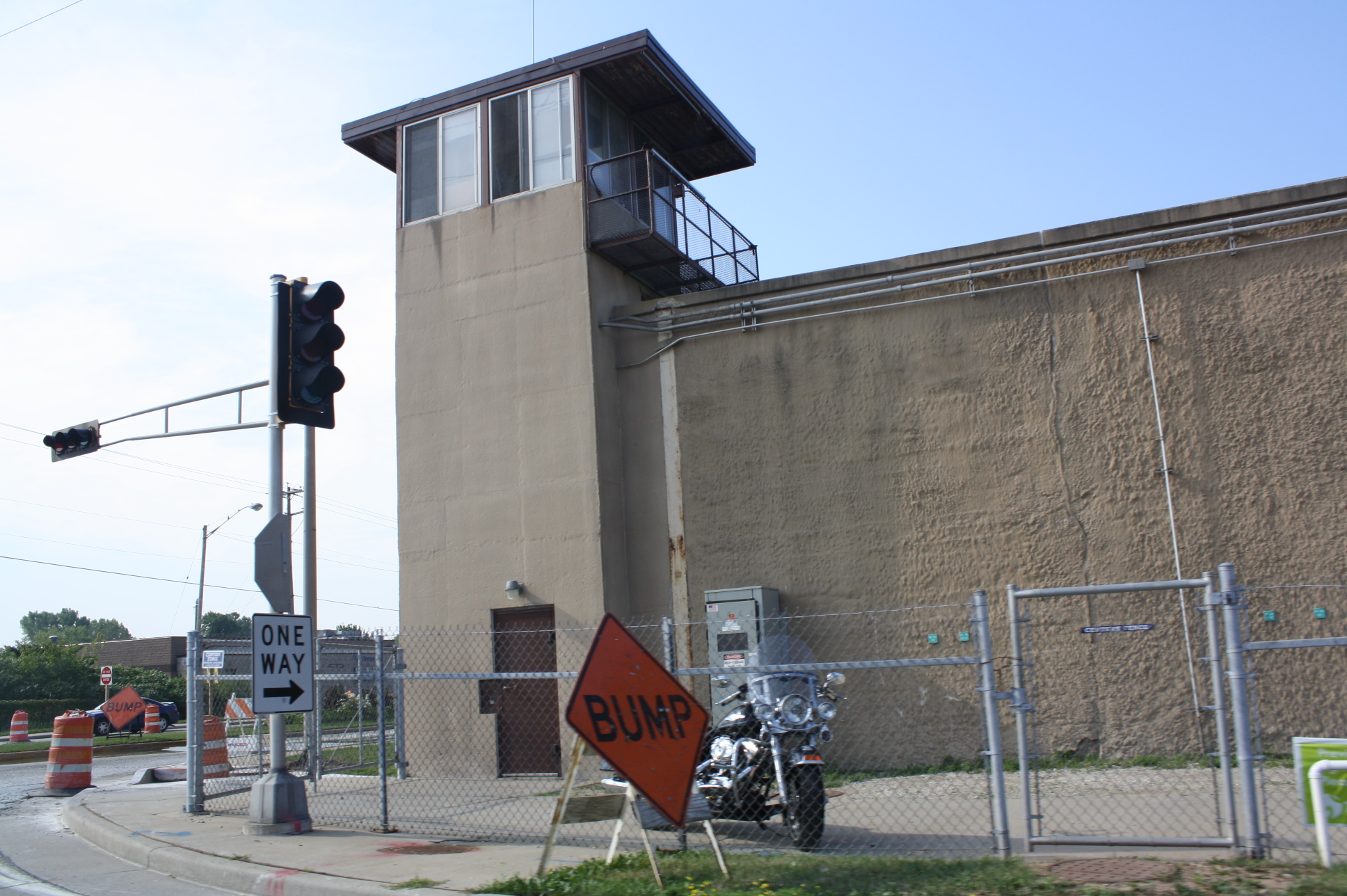

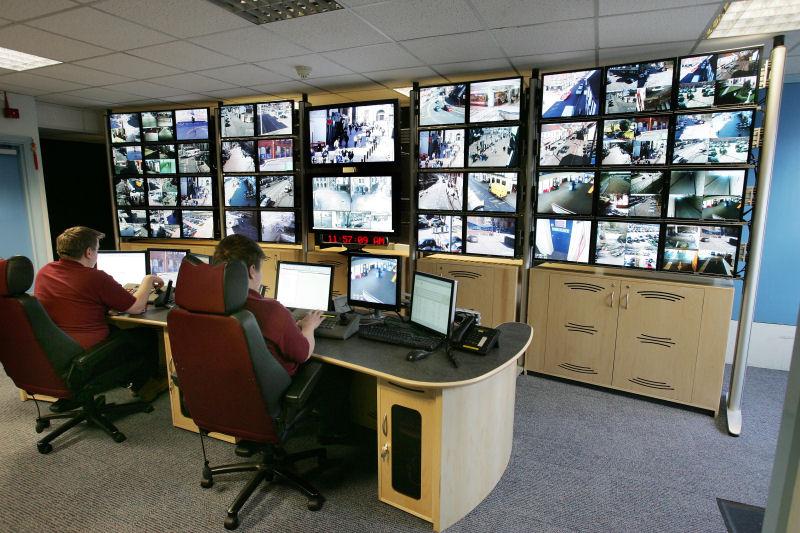
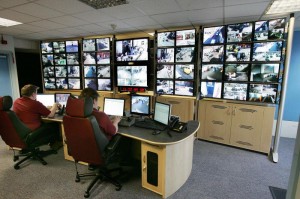
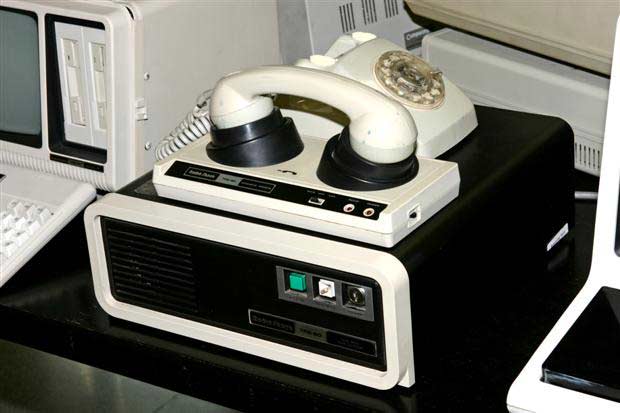
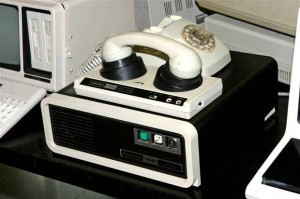




 I was given a very interesting product by a friend of mine that happened to catch a good deal on woot.com a few days ago. Apparently Seagate has made a network fileserver device for their Freeagent Go line of portable USB drives called the Freeagent DockStar. (I can only think that this is a play on Battlestar Galactica’s Baystar – a cylon “aircraft-carrier” of sorts.) When I went to look for pictures online of the hardware, I was dismayed to find nothing about the inside of the little thing. So here they are in all their exposed glory, the innards of the Seagate Dockstar.
I was given a very interesting product by a friend of mine that happened to catch a good deal on woot.com a few days ago. Apparently Seagate has made a network fileserver device for their Freeagent Go line of portable USB drives called the Freeagent DockStar. (I can only think that this is a play on Battlestar Galactica’s Baystar – a cylon “aircraft-carrier” of sorts.) When I went to look for pictures online of the hardware, I was dismayed to find nothing about the inside of the little thing. So here they are in all their exposed glory, the innards of the Seagate Dockstar.